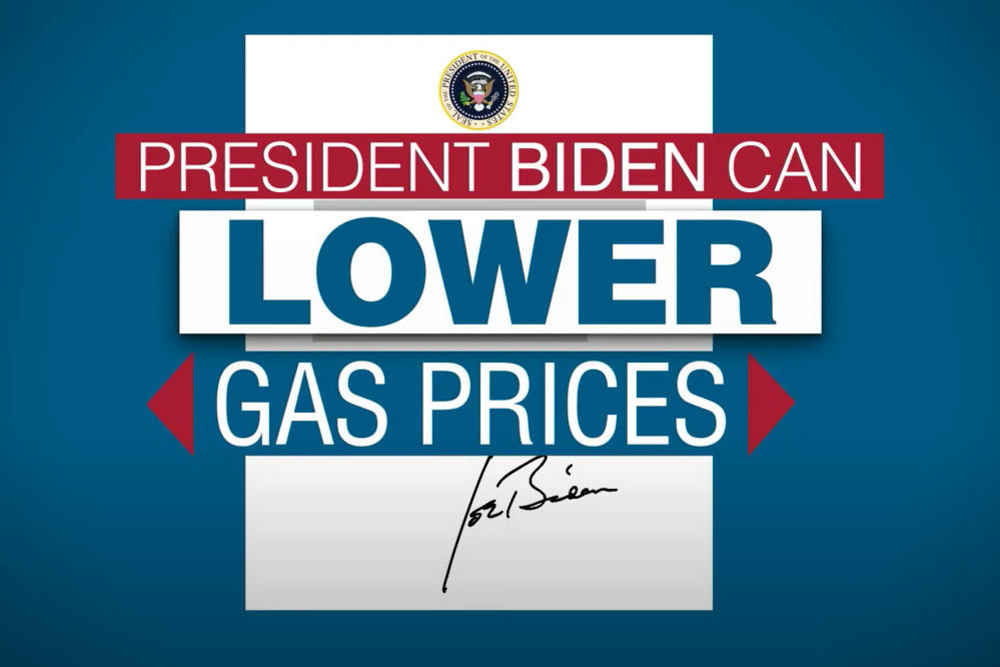The biofuels history has a long and proud history of aggressively seeking handouts from any number of government programs to help prop up their industry. Never more so has that been the case than during the pandemic, when biofuels advocates at times sound as if they alone bear the burden of the sharp drop in motor fuel consumption and broader economic slowdown.
Of course, the biofuels industry is used to getting its way—as a recent Iowa state initiative starkly illustrates. Amidst ongoing claims of industry struggles, IA Gov. Kim Reynolds announced on August 25th that $22.5 million would be allocated to help out state biofuels producers and expand sales infrastructure for higher blend fuels.
But just how badly is the biofuels industry faring?
Let’s start by examining ethanol’s blend rate. According to PSM data, the June blend rate hit 10.66%—the HIGHEST blend rate in the last two years. A fluke, perhaps? Nope: May’s 10.47% blend rate was the third highest of the full 12 months prior (now fourth if you include June).
We’ve all been hearing endlessly how President Trump’s RFS policy is gutting the biofuels industry. Yet the rate at which ethanol is blended into gasoline is just as high, if not higher, than ever. Could ethanol advocates be exaggerating their plight in order to wring more concessions from the government? Perish the thought!
Let’s examine a different industry segment to test our observation. How is E15—the coveted prize of ethanol advocates—faring these days?
The Minnesota Bio-Fuels Association closely tracks E15 sales throughout the state, notable for having the most E15 gas stations (both per capita and in total) of any state—thus making Minnesota a strong indicator of E15 sales performance at the pump. From January through April of this year, roughly the same amount of E15 was sold at Minnesota gas stations as last year. Specifically, the Association reports that 22.8 million gallons of E15 were sold in 2020, compared to 23.54 million through April of 2019.
E15 sales then dropped significantly from March to April alongside the massive decline in demand for other fuels, but then a funny thing happened: E15 sales rebounded healthily in May, increasing by 5.42 million gallons. June sales of E15 in Minnesota then jumped an additional 15 percent, leaving E15 sales volume for that month totaling only 1.57% lower than June 2019. In other words, the data shows E15 strongly outperforming general fuel demand in the state with the greatest amount of data to analyze.
Surely other biofuels must be as devastated as Iowa senate race rhetoric suggests? Well, U.S. Energy Information Administration data tells a different story. As Biodiesel Magazine explains:
“U.S. biodiesel production has seen smaller reductions in recent months compared with other transportation fuels, according to the U.S. Energy Information Administration … From March to May, when COVID-19 mitigation efforts were at their peak, biodiesel production averaged 114,000 barrels per day (b/d), compared with 116,000 b/d during the same period in 2019.”
Once again, the data demonstrates shows that the biofuels industry is doing better than their very vocal lobbyists would suggest. Perhaps for their next lobbying initiative, the biofuels industry can convince Washington to stop collecting any data at all. After all, facts do have a way of messing up a good story.



